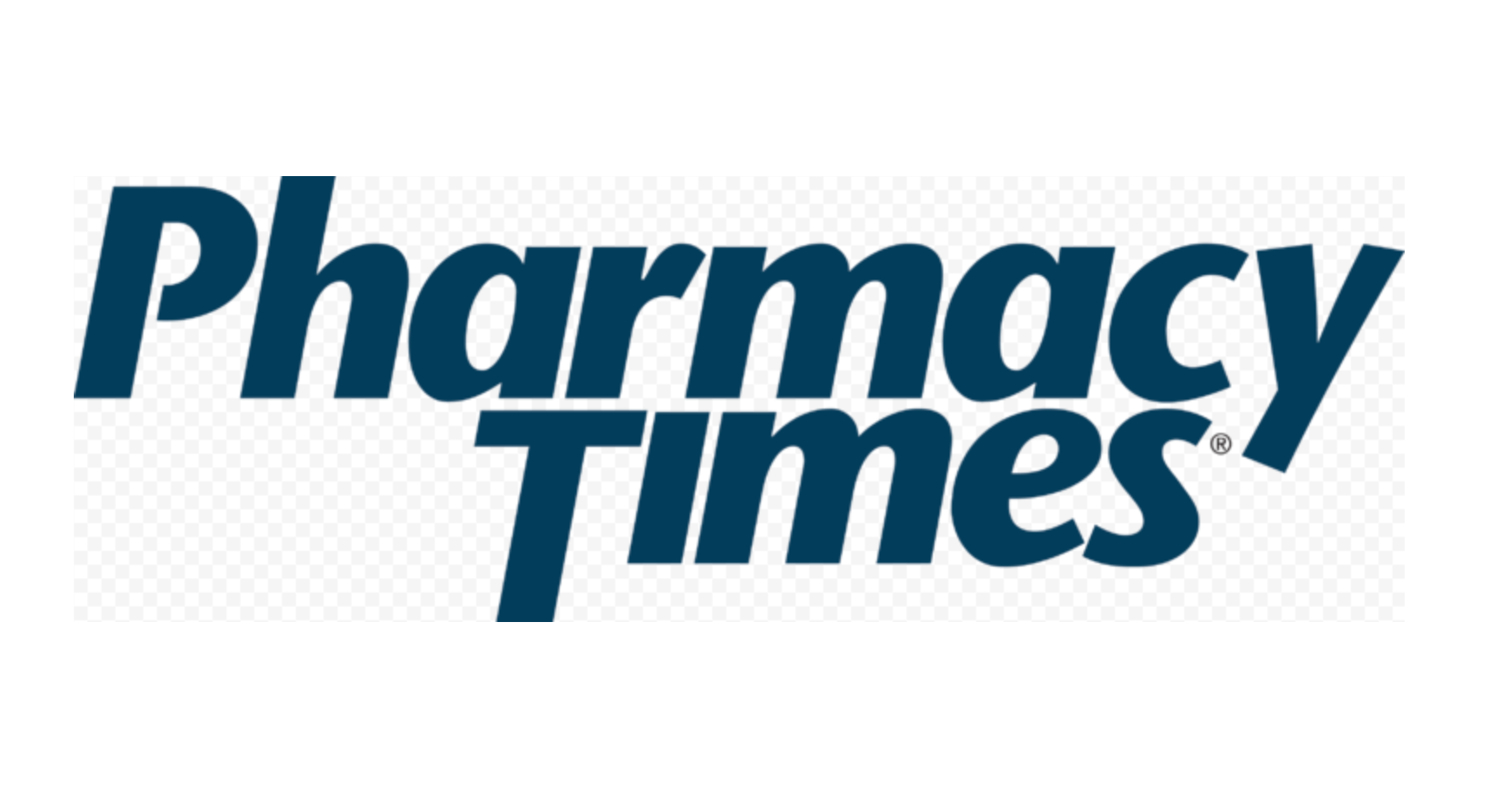Publication
Article
Pharmacy Times
Prevent and Reduce Fungal Nail Infections
Author(s):
Pharmacists can educate patients about recommended treatment strategies to manage onychomycosis.
Tinea unguium, also referred to as onychomycosis, is a fungal infection that affects the fingernails and toenails and may involve any component of the nail unit, including the bed, matrix, or plate.1,2
The incidence fo onychomycosis is increasing. Statistics show that an estimated 35 million Americans suffer from the condition, which primarily affects men aged 50 to 70 years, although women also can experience it.3 In adolescents or children, onychomycosis is observed most often in those aged 12 to 18 years, is uncommon in children younger than 12 years, and is extremely rare in those younger than 6 years.4,5 Onychomycosis characteristically begins as a small white or yellow spot beneath the nail and causes detachment of the nail bed, distortion, nail discoloration, irregular surface changes, pain, and/or thickening.6 Risk factors for onychomycosis include diabetes; obesity; older age; peripheral vascular disease; preexisting nail dystrophy such as in a patient with psoriasis, or tinea pedis; and a weakened immune system.2
Individuals with diabetes account for an estimated 33% of those presenting with onychomycosis.7 Several nonclinical risk factors also affect an individual's chance of developing fungal nail infections. The prevalence of toenail onychomycosis has increased in recent years, and contributing factors may include the increasing use of occlusive footwear, which consists of boots or shoes that enclose the feet.8
Nail trauma can also expand the risk of fungal infection of the affected nail, especially in the geriatric population.7,8 The American Dermatology Association indicates that healthy individuals typically are at greater risk of nail infections when visiting beauty nail salons that use poorly sanitized instruments, public whirlpool baths, saunas, and swimming pools; and shower facilities in dormitories, gyms, etc.8,9
RECENT NEWS
In a recent report published in Infection and Drug Resistance, the authors attempted to expand the public's understanding of the potential for disease transmission via the common tools and products used in beauty salons.10 They reviewed the results of several studies and found that there is a need to expand salon standards of care used in sterilizing beauty tools and products and storing them properly. In addition, they highly recommended the use of individual cosmetic kids and noted that all these recommendations, if employed, should contribute considerably to a decline in the spread of bacterial and fungal infections in these establishments.10
In another report published in the International Journal of Women's Dermatology, the authors indicated that gentle nail care and the sanitization of nail tools are crucial in thwarting the transmission and spread of onychomycosis.11
TREATMENT AND MANAGEMENT
Treatment of onychomycosis depends on its clinical type, the number of affected nails, and the severity of nail involvement.1 The self-treatment of onychomycosis with topical nonprescription antifungals is not approved by the FDA.
The American Pharmacists Association's Handbook of Nonprescription Drugs states that when no contraindications are present, the affected nail can be treated with prescription topical agents (ciclopirox olamine 8% or efinaconazole 10% nail solutions), systemic prescription agents (itraconazole or terbinafine), a combination of oral and topical agents, or surgical removal of the affected area.12
Patients exhibiting signs of onychomycosis should never self-treat and should always seek medical care from their primary health care providers, especially if they have risk factors for developing onychomycosis or other comorbidities, according to the American Dermatology Association.9
Although available OTC products are not FDA-approved treatments for onychomycosis, there are a few topical products that are marketed for the management of fungal nail infections, and some marketed to improve the appearance of nails damaged by fungal infections. These products are available in various formulations, including ointments and topical liquids, and may include ingredients such as propylene glycol, tea tree oil, and undecylenic acid.
PHARMACIST'S ROLE
When encountering patients seeking guidance on the treatment of onychomycosis, pharmacists should encourage them to consult their primary health care providers for further assessment and treatment. They should also remind patients that onychomycosis cannot be effectively managed with the use of topical nonprescription agents. They can, however, use nonprescription agents sometimes in conjunction with prescribed agents to reduce nail discoloration and smooth out rough or thick nails. It is also imperative that pharmacists remind patients that therapy is usually long term, and adherence is essential for effective treatment.
REFERENCES
1. Tosti A. Onychomycosis. Medscape. Updated October 5, 2020. Accessed April 7, 2021. https://emedicine.medscape.com/article/1105828-overview
2. Adigun CG. Onychomycosis. Merck Manual, Professional Version. Updated August 2019. Accessed April 7, 2021. http://www.merckmanuals.com/professional/dermatologic-disorders/nail-disorders/onychomycosis
3. Brooks M. FDA OKs first topical triazole antifungal for onychomycosis (Jublia). Medscape. June 10, 2014. Accessed April 7, 2021. https://www.medscape.com/viewarticle/826480
4. Feldstein S, Totri C, Friedlander SF. Antifungal therapy for onychomycosis in children. Clin Dermatol. 2015;33(3):333-339. doi:10.1016/j.clindermatol.2014.12.010
5. Piraccini BM, Starace M. Nail disorders in infants and children. Curr Opin Pediatr. 2014;26(4):440-445. doi:10.1097/MOP.0000000000000116
6. Westerberg DP, Voyack MJ. Onychomycosis: current trends in diagnosis and treatment. Am Fam Physician. 2013;88(11):762-770.
7. Tan JS, Joseph WS. Common fungal infections of the feet in patients with diabetes mellitus. Drugs Aging. 2004;21(2):101-112. doi:10.2165/00002512-200421020-00003
8. Ghannoum M, Isham N. Fungal nail infections (onychomycosis): a never-ending story? PLoS Pathog. 2014;10(6):e1004105. doi:10.1371/journal.ppat.1004105
9. Onychomycosis (fungal nail infection). Ada Health GmbH. Updated December 14, 2018. Accessed April 7, 2021. https://ada.com/conditions/onychomycosis-fungal-nail-infection/
10. Alharbi NM, Alhashim HM. Beauty salons are key potential sources of disease spread. Infect Drug Resist. 2021;14:1247-1253. doi:10.2147/IDR.S303461
11. Reinecke JK, Hinshaw MA. Nail health in women. Int J Womens Dermatol. 2020;6(2):73-79. doi:10.1016/j.ijwd.2020.01.006
12. Gardner A, Walkup N. Fungal skin infections. In: Krinsky DL, Ferreri SP, Hemstreet B, et al, eds. Handbook of Nonprescription Drugs: An Interactive Approach to Self-Care. 19th ed. American Pharmacists Association; 2018.






